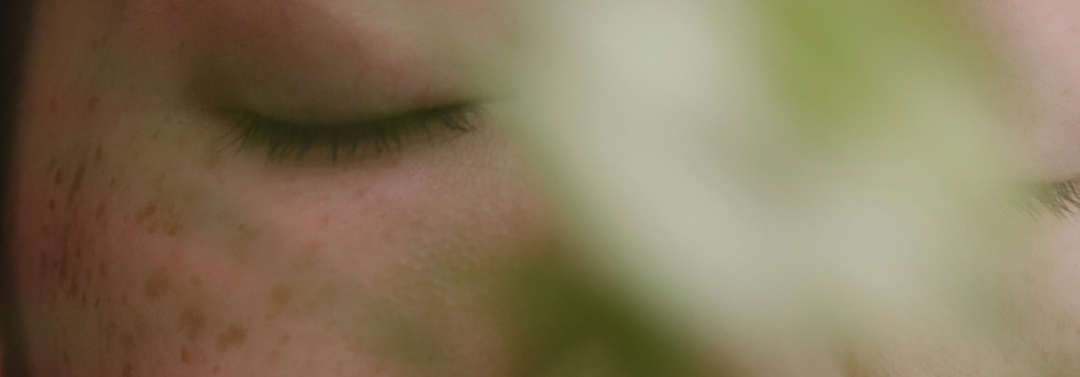
Active Dreaming: remember, record, reflect
Active Dreaming is a simple, repeatable way to work with your dreams on purpose, not as woo, but as a practice. Think of it as a three-part loop you run daily: Remember (what happened), Record (get it down fast), Reflect (notice patterns and meaning over time). At night you set an intention and make it easy to capture whatever shows up. In the morning you stay still, replay the scenes, and write a few anchors: people, places, feelings, symbols before the details fade. Then, once a week, you scan your notes for themes. That’s it.
Why bother? Because attention trains recall. When you consistently pay attention to dreams, your brain starts delivering more of them. The side effects are good ones: better self-awareness, a stronger sense of continuity between night and day, and, if you want to explore it, the first steps toward gentle lucidity. A small ritual that turns “I never remember my dreams” into “I’m starting to see the story.”
Better recall isn’t luck, it’s a routine. Align sleep timing, set an intention at night, and run a simple morning capture ritual. Journal consistently and patterns (people, places, symbols, emotions) start to surface. With practice, you’ll remember more, feel more present, and regulate your sleep cycle.
Why active dreaming works
Dreams blur quickly because the brain shifts state on waking. Two levers help:
-
Preparation (clear intention + easy tools within reach) and
-
Immediate capture (write before you move).
When you reward recall with attention, your brain learns: “This matters,” and recall strengthens across days.
The Active Dreaming framework
Remember (morning), Record (journal), Reflect (meaning + patterns). Repeat.
1) Remember: the morning protocol (2–5 minutes)
-
Stay still, eyes closed. Replay the last scene backward, then forward.
-
Catch anchors: 3 words, a title, a person, a place, one feeling.
-
Write before coffee. Pen beats memory. Even fragments count.
2) Record: fast journal method
Use a simple scaffold so you don’t stall:
-
Who / Where / What Happened (1–3 lines each).
-
Emotion (one word) + Intensity (0–10).
-
Symbols (objects/animals/colors) + quick doodle.
-
Verbs (what you did: ran, spoke, hid, flew).
-
Message to waking-you (one line).
Tag with #people #place #feeling so you can search later.
3) Reflect: patterns and micro-meaning
-
End-of-week scan: Do certain people or settings recur? Any repeating emotion?
-
Dream signs: Oddities (floating lamps, missing shoes) become cues for lucidity later.
-
Gentle meaning: Ask, “What does this remind me of right now?” Avoid over-interpretation; let themes emerge.
Daytime priming (so recall keeps improving)
-
Reality checks (1–3/day): Look at your hands, count fingers, ask “Am I dreaming?” This habit can cross into dreams, boosting awareness.
-
Attention training: Notice colors, sounds, textures during the day. Better noticing while awake ≈ better detail in journals.
-
Light & sleep timing: Morning daylight + stable bed/wake times improve REM timing and recall windows.
Evening incubation (set up the dream)
-
Intention: Write a line you’ll revisit in bed (“I remember my dreams” or a specific theme).
-
Cue: A sticky note with one word (e.g., “ocean,” “courage”) by the lamp.
-
Environment: Cool, dark, quiet room; journal and pen within reach; minimal screens late.
-
Micro-practice: 10 minutes of breathwork or body scan to lower arousal.
Optional: first steps toward lucidity
-
Prospective memory: Before sleep, visualise noticing a “dream sign” and becoming aware.
-
MILD mini-script: “Next time I’m dreaming, I will recognize I’m dreaming,” paired with imagining the moment you notice.
-
Gentle only: Prioritise sleep quality; lucidity is a bonus, not the goal.
Troubleshooting
-
“I remember nothing.” Celebrate fragments: a color, a word, a mood. Consistency matters more than length.
-
“I wake and forget instantly.” Use a voice note on your phone (airplane mode) and transcribe later.
-
“I over-analyse.” Keep morning entries factual; reflect in the evening or weekly.
-
“No time.” Use the 3-line journal: Title • One scene • One feeling.
A 7-day starter plan
-
Mon–Wed: Evening intention + morning 3-word capture.
-
Thu–Fri: Upgrade to the full scaffold; add one daytime reality check.
-
Sat: Choose a theme to incubate (place or quest).
-
Sun: 10-minute weekly review; highlight dream signs + top feelings.
Educational, not medical advice. If sleep issues or mental health concerns are present, consult a clinician.
